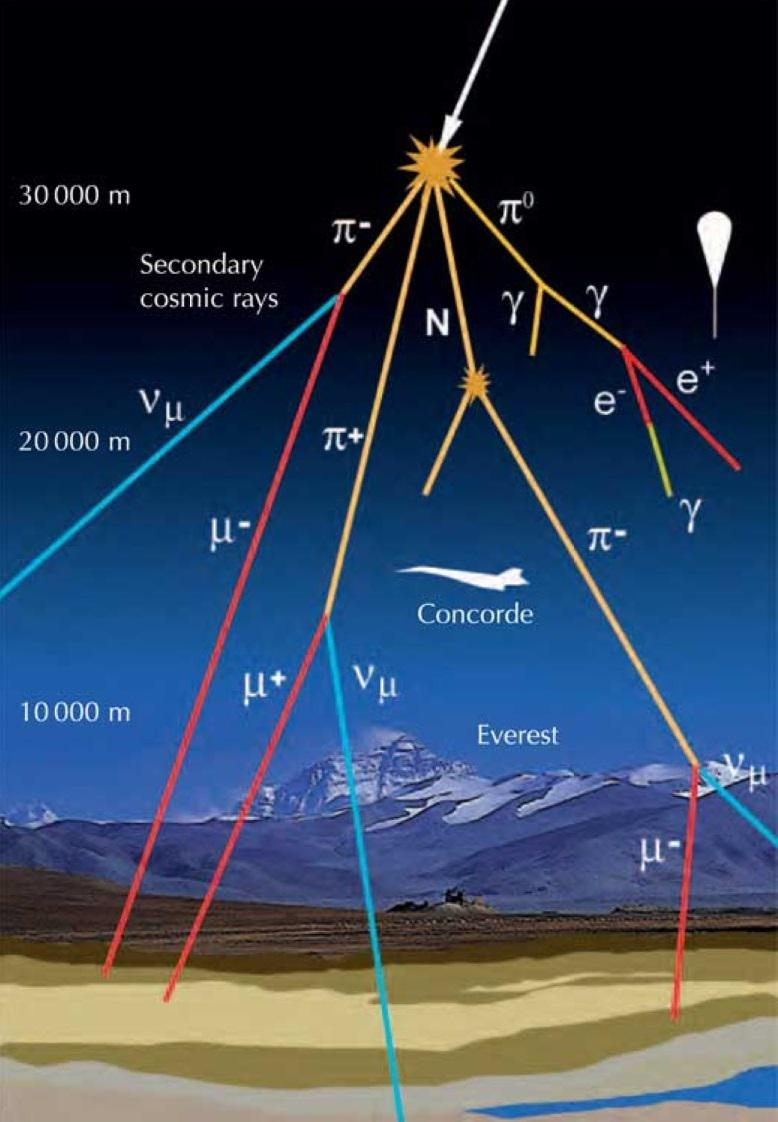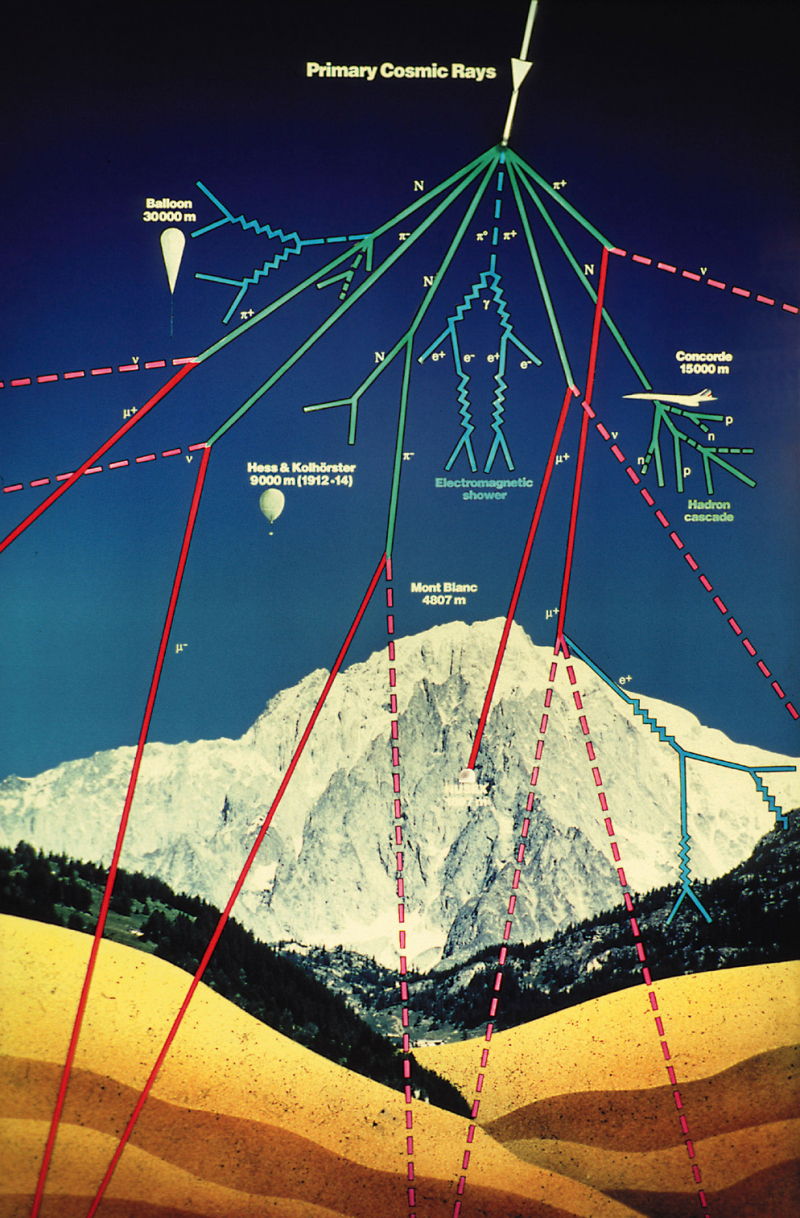Muons
Muons are among the fundamental particles of existence, just like quarks. They are larger than electrons and 207 times heavier than electrons. They exist for only 2.2 microseconds before dissipating into neutrinos and electrons, demonstrating their brief existence. They are created when cosmic rays collide with airborne particles, and in just 2.2 microseconds, they are able to bombard the earth and penetrate roughly a mile below the surface because of their near-lightspeed flight.
Researchers at the Large Hadron Collider have discovered that muons don't always behave in a way that makes sense to physics. To put it simply, they sway. They shouldn't, though. Furthermore, the fact that they wobble suggests that there may be still another particle, about which no one has yet even hypothesized, that is influencing their operation.
Composition: Elementary particle
Statistics: Fermionic
Family: Lepton
Generation; Second
Interactions; Gravity, electromagnetic,weak
Symbol: μ−












